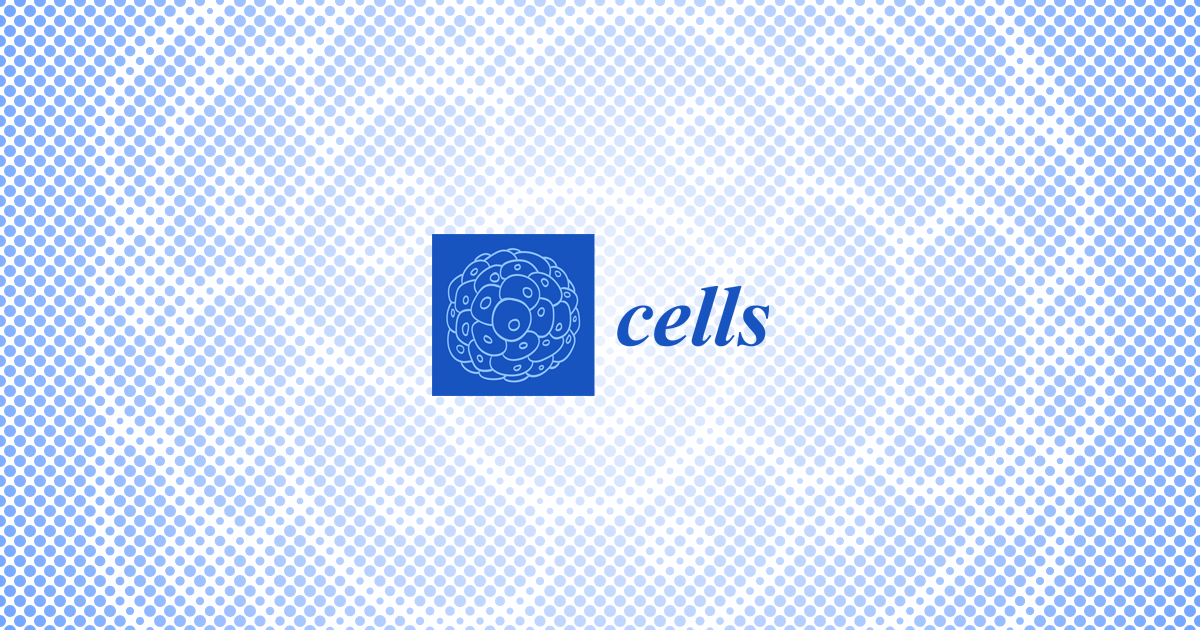Currently, predictors of response to DLI, another common immunotherapy intervention to manage AML relapse after allogeneic HCT, are poorly established, however, increasing evidence suggests that MRD status may predict the benefit of DLI [67,119]. Spurred by the idea that DLI would have a greater effect with lower leukemia burden, early data showed comparable survival between patients with post-HCT MRD who were treated with DLI and MRD-negative patients, while outcomes were significantly worse in patients with MRD who did not receive DLI [120]. In more recent retrospective analyses, DLI given at the time of detection of MRD was shown to convert patients to MRD-negativity and to improve long-term survival [67,119]. For instance, one study observed no apparent improvement in outcome among 23 patients who received DLI while in MRD-negative remission whereas 73% of the 15 patients in MRD-positive remission and 32% of the 38 patients with overt leukemia at the time of DLI converted to MRD-negative or achieved remission within 90 days of DLI, respectively [67]. As MRD status at the time of DLI was prognostic for relapse and relapse-free survival, available data suggests benefit of DLI in these patients [67]. A prospective non-randomized study evaluating risk-stratified use of DLI with or without IL-2 in patients with standard-risk leukemia who developed MRD-positivity after allografting found that these patients had similar relapse rates to those who tested MRD-negative at all time points after HCT, further supporting the benefit of DLI in patients with MRD [121]. With DLI, the risk of graft-versus-host disease (GVHD) remains a significant concern and may limit any benefit, especially when used preemptively. Whether the combination of DLI with agents like azacitidine could further augment the GVL response against AML while mitigating GVHD is currently unknown [122].
Source link
Margery Gang www.mdpi.com

